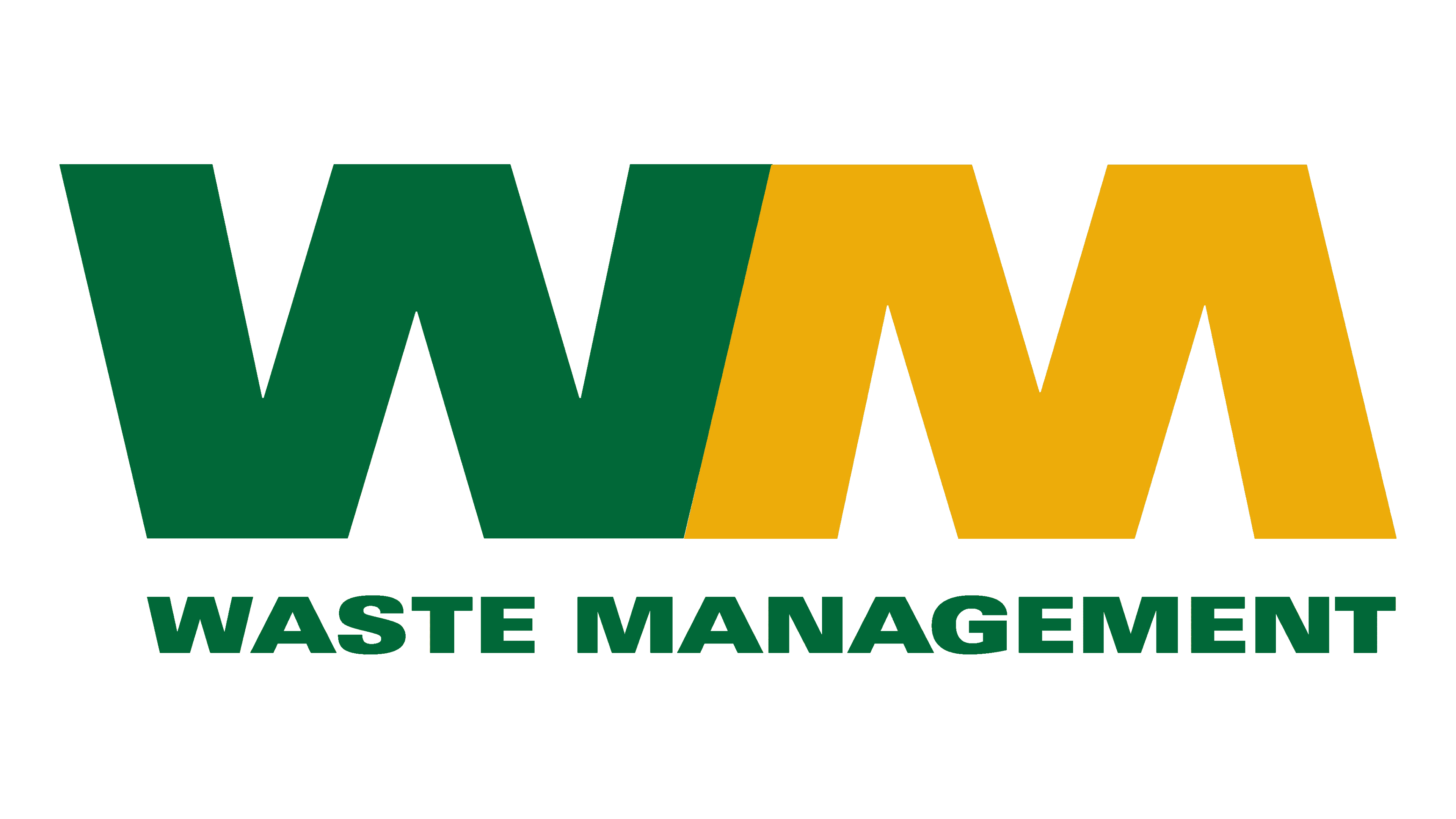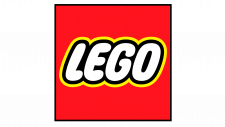Waste Management Logo
Waste Management refers to the systematic approach to handling and disposing of waste materials generated by human activities. This involves collecting, transporting, processing, recycling, or disposing of waste products. The goal is to minimize the environmental impact, promote sustainability, and ensure public health and safety. Techniques include landfilling, recycling, composting, and incineration. Effective waste management is crucial in reducing pollution, conserving resources, and maintaining ecological balance. It’s an ongoing challenge due to increasing waste volumes and the complexity of modern waste, requiring innovative strategies and public participation.
Meaning and history
The journey of Waste Management reflects a significant transformation in our relationship with waste. In the early days, waste disposal was largely unregulated, often leading to health hazards. However, as the 20th century progressed, there was a gradual shift towards organized collection and disposal methods, albeit still rudimentary in nature.
The post-World War II era brought about a surge in waste generation due to increased industrial activities and consumer habits. This period marked a critical juncture, as the environmental impacts of waste became more evident. The Solid Waste Disposal Act of 1965 in the United States symbolized a newfound commitment to more environmentally conscious waste handling, including the establishment of sanitary landfills.
The 1970s heralded a new era of recycling, driven by the burgeoning environmental movement and a growing understanding of resource limitations. This decade also saw the enactment of the Resource Conservation and Recovery Act (RCRA) in 1976, which introduced stringent regulations for waste management and encouraged recycling and energy recovery initiatives.
Advancements in technology during the 1980s and 1990s revolutionized waste processing. These advancements included the development of waste-to-energy plants and more sophisticated recycling technologies, accompanied by public education campaigns emphasizing the importance of reducing, reusing, and recycling.
In the 21st century, the concept of sustainability and the circular economy has taken center stage in waste management. This era is characterized by cutting-edge innovations such as waste-to-energy technologies, advanced recycling techniques, and the integration of smart systems utilizing the Internet of Things (IoT) and Artificial Intelligence (AI).
Global challenges like climate change and the crisis of plastic pollution have further underscored the urgency for efficient waste management strategies. Measures such as extended producer responsibility (EPR) and restrictions on single-use plastics are increasingly adopted, promoting a more sustainable and responsible approach.
Waste Management’s history is a narrative of progressive adaptation – from basic disposal to a sophisticated, technology-driven process. It’s an ongoing evolution towards a future where waste is viewed not just as a challenge, but as a valuable resource.
What is Waste Management?
Waste Management is the intricate process of handling, treating, and responsibly disposing of discarded materials. It encompasses a range of activities from collection and transportation to recycling and final disposal, aiming to reduce environmental impact and promote sustainability. This field continuously evolves, integrating innovative technologies and strategies to tackle the challenges posed by diverse and ever-increasing waste streams.
1968 – 1974
The logo presents a minimalistic yet effective design featuring the letters “W” and “M,” which stand for “Waste Management.” The “W” is placed above and the “M” below, creating a reflection-like effect that signifies the duality and balance in the services provided. The design is monochromatic, utilizing shades of grey that convey professionalism and sophistication. The “W” is designed with sharp, straight lines, while the “M” mirrors this with an inverted image. This symmetry suggests a well-structured and organized approach, reflecting the company’s ethos in waste management operations.
The simplicity of the design is its strength, communicating the company’s brand identity clearly without unnecessary embellishment. The letters are bold and assertive, occupying the space with confidence. This logo likely aims to evoke a sense of reliability and efficiency, key attributes for a company tasked with the management of waste, a service fundamental to environmental stewardship and community cleanliness. The use of reflection in the design cleverly plays on the company’s name while also symbolizing the reflective consideration of the environmental impact of waste.
1974 – 1998
The updated logo maintains the concept of a mirrored “W,” but now it tilts, suggesting dynamism and forward movement. Enclosed within an oval, the composition gains a sense of continuity and enclosure. The “W” and its reflection are designed with a perspective effect, adding a three-dimensional quality. This visual shift transforms the letter into a pathway or a bridge, reinforcing the idea of connection. The color remains a deep, rich hue, providing a background that contrasts sharply with the white lines defining the “W.” The overall effect is one of modernity and sophistication, with the use of geometric shapes and the interplay between two and three-dimensional elements creating a striking and memorable logo.
1998 – Today
This iteration of the logo marks a significant departure from its predecessor. The design is now more linear and direct, with the “W” and “M” standing upright in bold, block letters. There is no longer a mirroring or tilting of the letters; instead, they are distinct and separate. The color scheme has shifted to a vibrant green and yellow, with each letter of “WM” in a different color, symbolizing energy and eco-friendliness. Below the initials, the full name “WASTE MANAGEMENT” is spelled out in a smaller, uniform font, grounding the design with clarity and simplicity. The previously enclosing oval is absent, giving the logo an open and accessible feel. The straightforwardness of the font and the absence of any additional graphic elements suggest transparency and straightforward business practices. This logo appears modern, clean, and easily recognizable, with a color palette that likely alludes to sustainability and the natural environment.














